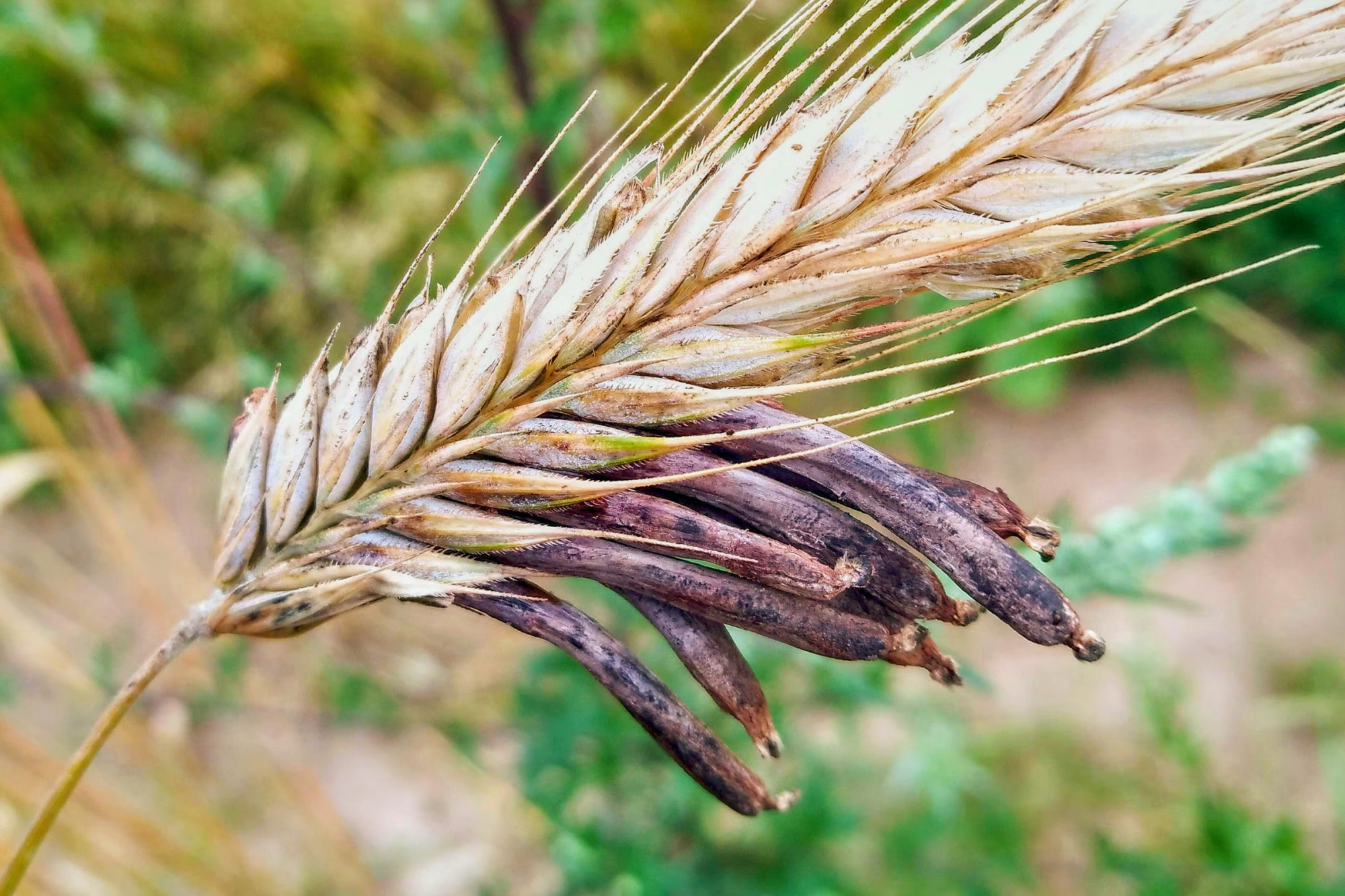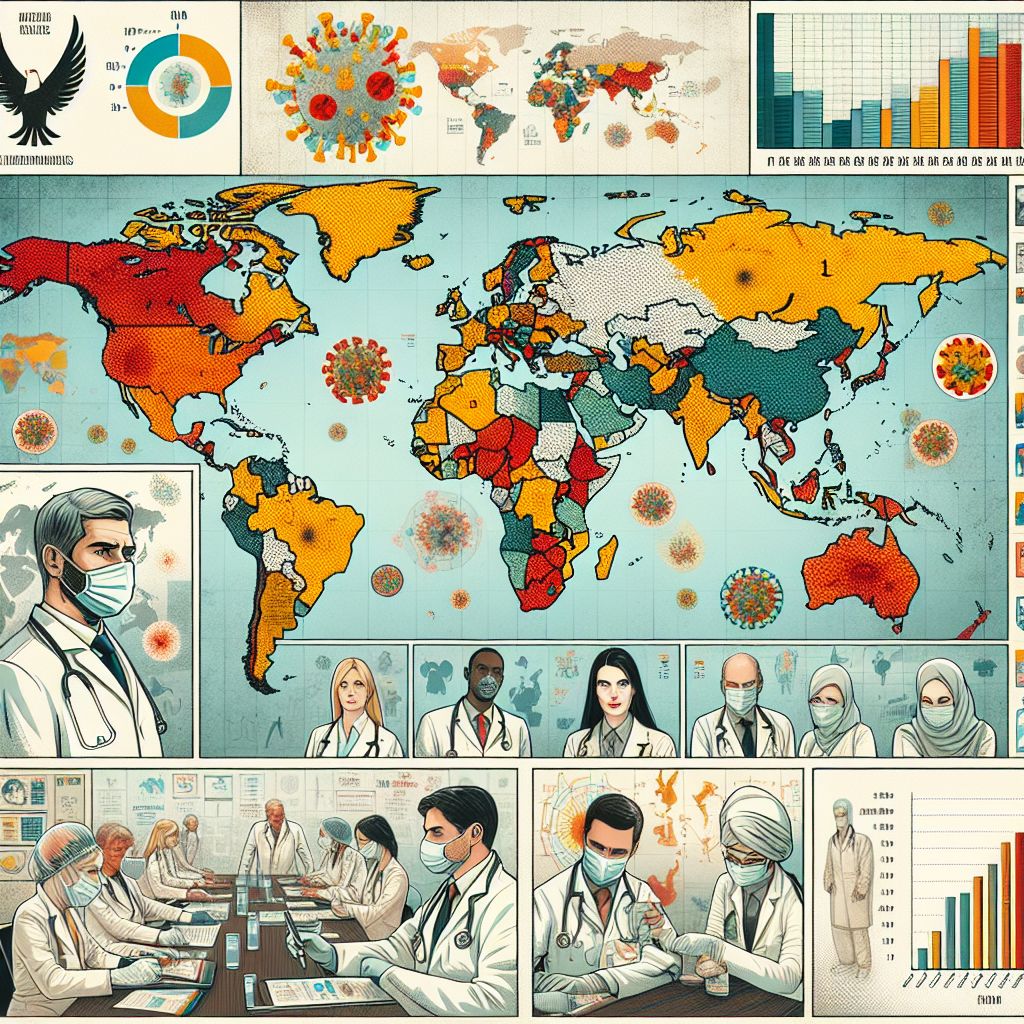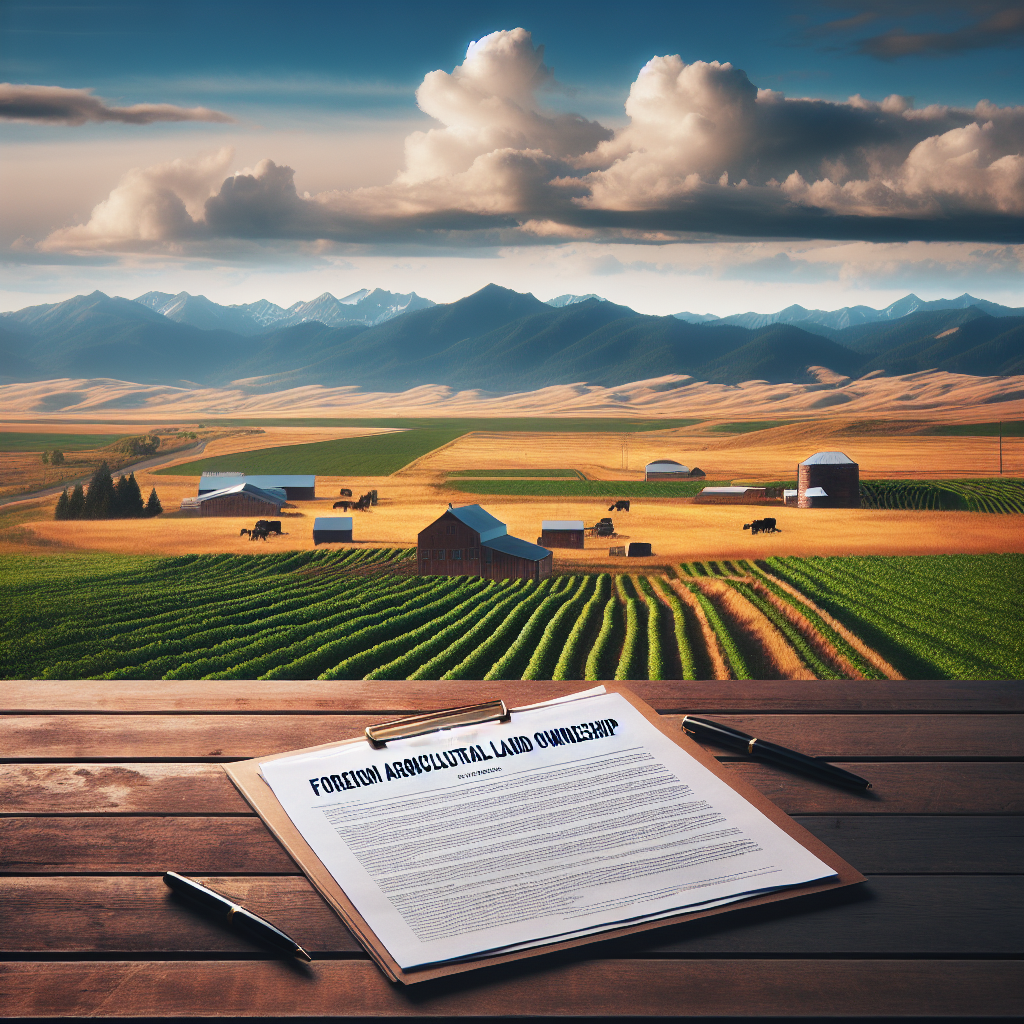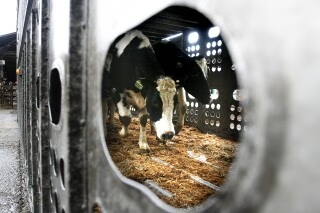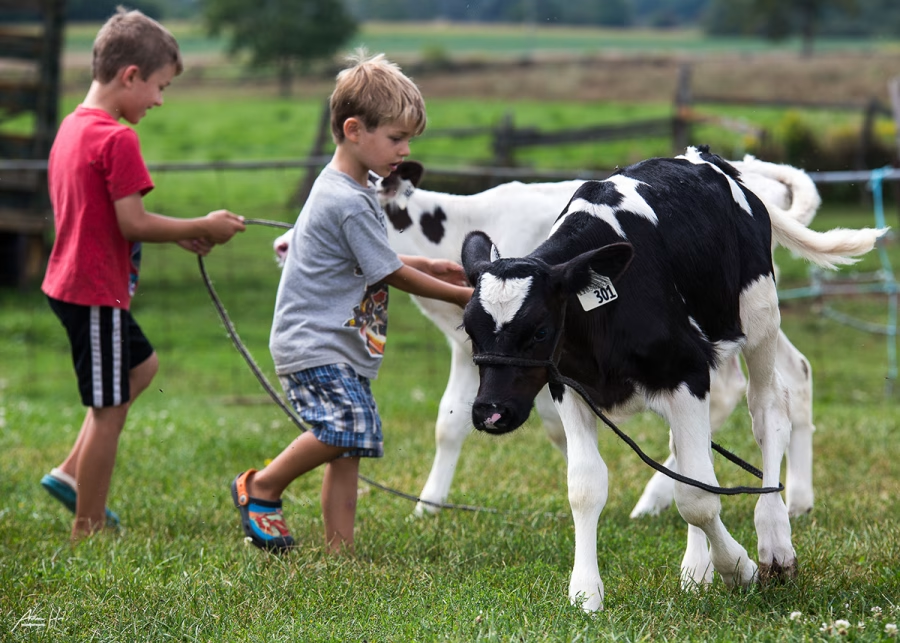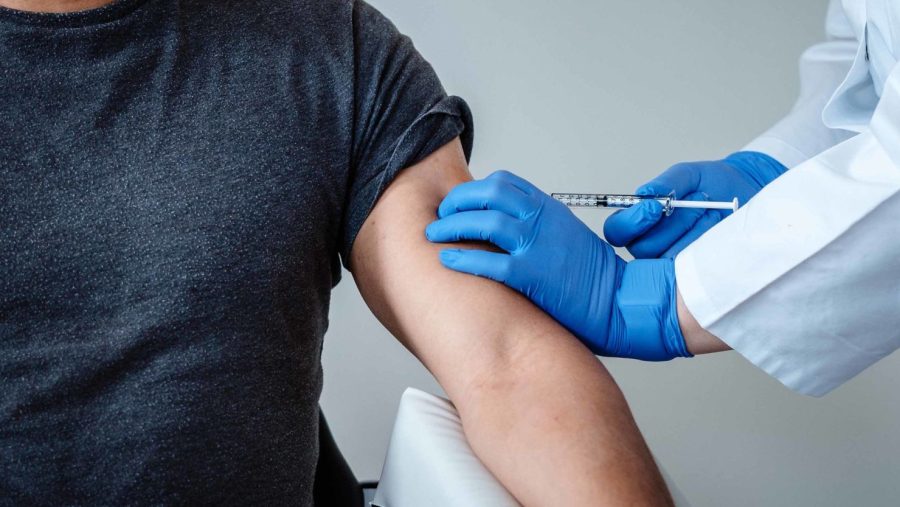Learn about the new challenges for Canadian dairy exhibitors returning from the World Dairy Expo. How will bird flu rules affect your cattle? Learn more.
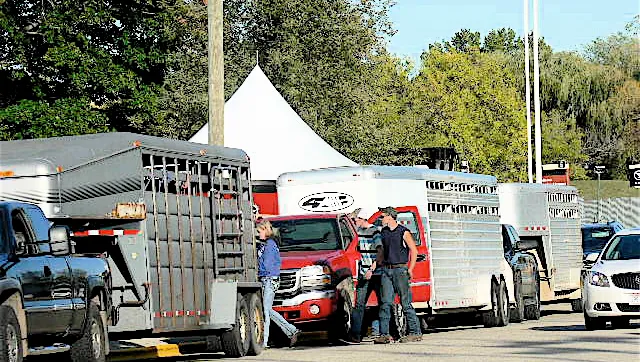
Have you ever wondered what it takes to present your prized dairy cow on a global platform like the World Dairy Expo? Many Canadian dairy producers dream of having the status, thrill, and opportunity to compete against the finest in the world. However, as much as we welcome these changes, new obstacles have evolved that may transform those hopes into a practical burden.
Picture this: You’ve spent months prepping, training, and grooming your dairy cows for the World Dairy Expo. The event is exhilarating, displaying the industry’s top talents and ideas. However, just as you’re basking in the competition’s afterglow, a fresh set of conditions awaits you at the Canadian border. These new requirements, triggered by persistent avian flu worries, will need extra certificates for your livestock to come home.
“The restrictions, which went into effect yesterday, involve extra documentation, including an export certification statement. This may make it more difficult for Canadian dairy producers to exhibit their animals at events like the World Dairy Expo.”
So, what exactly does this imply for you? And what actions should you take to guarantee that your cattle safely make it back to Canada? Let’s get into it.
The New CFIA Requirements
Regarding safeguarding our herds, the Canadian Food Inspection Agency (CFIA) is not taking any risks with bird flu (Avian Influenza). If you want to show off your best cattle at the World Dairy Expo in the United States, you must observe some crucial new requirements while returning them to Canada.
First and foremost, all animals must test negative for the Influenza A virus within seven days of returning. This is an essential step in ensuring your cattle’s health and safety while preventing the virus from spreading.
But that is not all. You will also need an extra export certification statement. This certification, signed by a veterinarian, will affirm that your cattle have tested negative for Influenza A, have not been on a farm with sick animals or birds, are physically fit for transport, and will be transported in clean cars or containers.
These additional standards may seem unnecessary, but they are critical to ensuring the safety and viability of our dairy business.
How Will These New Requirements Impact Canadian Dairy Exhibitors?
How will the new restrictions affect Canadian dairy exhibitors? Let’s dig in. Assume you’re about to return home after a successful World Dairy Expo display. Consider the stack of extra documentation, the apparent need for thorough health inspections, and the impeccably clean transportation of automobiles. Canadian dairy producers are experiencing several new logistical challenges.
First, the veterinarian’s statement. It is more than just a certificate; it is a comprehensive certification that requires your livestock to test negative for influenza A. This requires arranging testing within a seven-day timeframe before the animals may return. Given the increased strain of fulfilling this deadline, veterinarians and farmers must work together even more closely.
The transportation needs add an element of difficulty. Clean automobiles are not only encouraged; they are also required. This entails more money and time spent securing compliant transit, which might be difficult, particularly during busy hours or for smaller enterprises.
These modifications might result in higher operating expenses and tighter logistical cooperation. Exhibitors may find it more challenging to engage in cross-border events, thereby limiting their competitive advantage and market reach. Keeping up with these new restrictions may seem like juggling a hat full of eggs.
However, confronting these difficulties immediately may safeguard your herd’s health and safety. It’s all about adjusting and finding the correct support system. Collaborate with other farmers and industry professionals to navigate these turbulent seas.
Canadian Dairy Farms: A Safe Haven Amidst U.S. Bird Flu Outbreak
According to the Centers for Disease Control and Prevention (CDC), avian influenza H5N1 has infected 189 dairy herds in 13 states since the epidemic started. Texas, Minnesota, and Iowa have had several instances. However, it is essential to note that no cases of avian influenza have been documented in Canadian dairy cattle, demonstrating a significant difference in the disease’s effect between the two nations.
Practical Tips for Exhibitors:
Wondering how to navigate these new requirements? Here are some practical tips to help you comply without too much hassle:
- Schedule Tests Early: Book your influenza A tests as soon as you know your cattle’s travel dates. Veterinary slots can fill up quickly, especially during peak event seasons.
- Find a Reliable Veterinarian: Work with a trusted veterinarian with export certification experience. They’ll know the paperwork inside and out, ensuring your forms are correctly filled out.
- Prepare Necessary Paperwork: Make a checklist of all required documents – from test results to export certification statements. Keep organized folders for each traveling cattle to avoid any last-minute scrambles.
- Health and Fitness Checks: Ensure your cattle are physically fit for transport. This will help you meet the certification requirements and maintain the overall health of your herd.
- Maintain Clean Transport Conditions: Clean and disinfect your vehicles or containers before transport. This might be an additional step, but it’s crucial for compliance and animal health.
By being proactive and well-prepared, you can navigate these new regulations smoothly and focus on showcasing your cattle at significant events like the World Dairy Expo.
The Bottom Line
These new CFIA standards undoubtedly add another difficulty for Canadian dairy producers wishing to participate in foreign events such as the World Dairy Expo in the United States. While the additional certification requirements may seem tedious, they are critical to safeguarding the health and safety of cattle herds on both sides of the border. The need for strict biosecurity measures cannot be emphasized, especially given the danger posed by avian influenza H5N1.
Consider this: a single illness might have far-reaching consequences for the dairy business. By following these new regulations, you help to prevent possible outbreaks, safeguarding not only your herd but also the livelihoods of other dairy producers. Dr. Isaac Bogoch underlined the need to take a proactive risk mitigation approach.
So, although these new requirements may seem to be an additional obstacle, think of them as an investment in your dairy company’s long-term sustainability and safety. After all, protecting animal health now means a vibrant dairy sector tomorrow.
Summary:
The article addresses new CFIA requirements for Canadian dairy cattle returning from the U.S., driven by avian influenza concerns. Cattle must test negative for influenza A within seven days before re-entry, creating more paperwork and certification for exhibitors. The CDC reports 189 infected herds in 13 U.S. states, while Canada remains free from avian influenza in its dairy cattle. These standards ensure the health and safety of cattle herds but present logistical challenges like thorough health inspections and clean transportation. These modifications may result in higher operating expenses and tighter logistical cooperation, making it more challenging for exhibitors to engage in cross-border events. To navigate these new regulations, Canadian dairy producers should schedule tests early, find a reliable veterinarian with export certification experience, prepare the necessary paperwork, ensure health and fitness checks, and maintain clean transport conditions.
Key Takeaways
- Cattle returning to Canada from the U.S. must test negative for influenza A within seven days before re-entry.
- New requirements include additional paperwork and an export certification statement signed by a veterinarian.
- The CDC reports avian influenza H5N1 in 189 dairy herds across 13 U.S. states.
- Canada has no reported cases of avian influenza in its dairy cattle, maintaining high biosecurity standards.
- These new regulations could increase logistical challenges and operational costs for Canadian dairy exhibitors.
- Canadian dairy producers should schedule tests early, work with experienced veterinarians, and ensure clean transport conditions.







